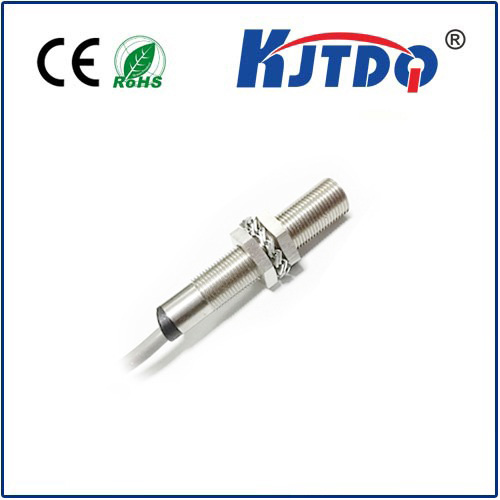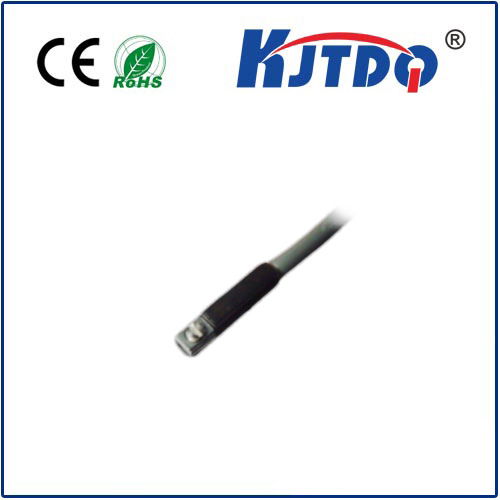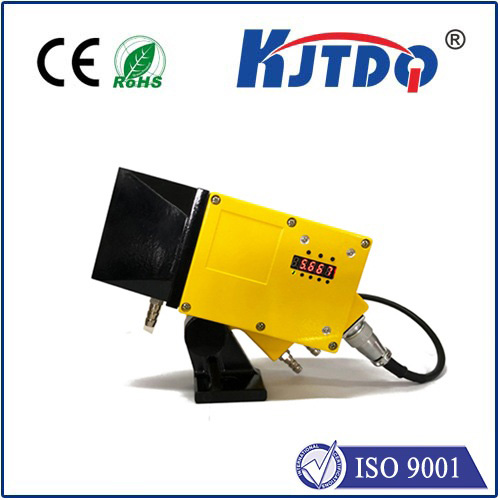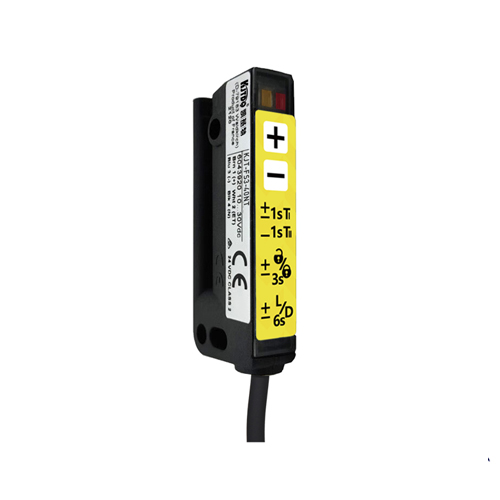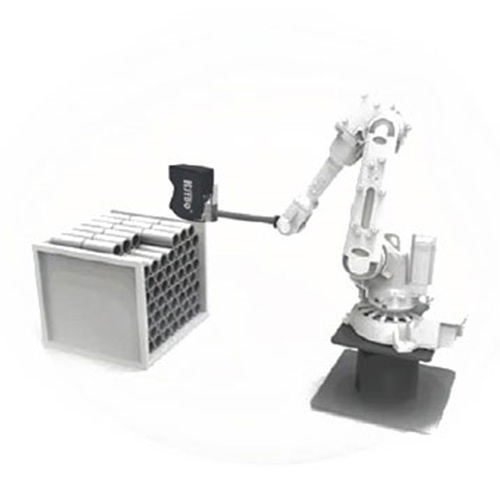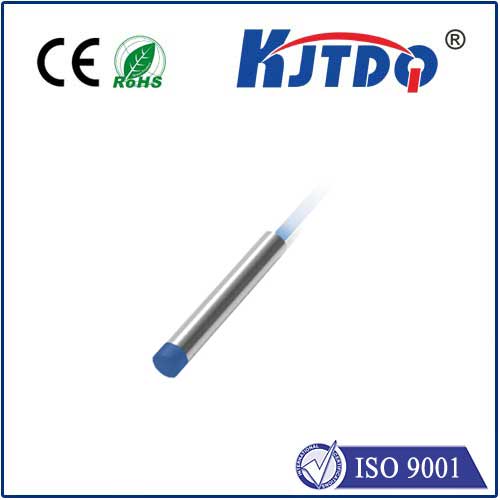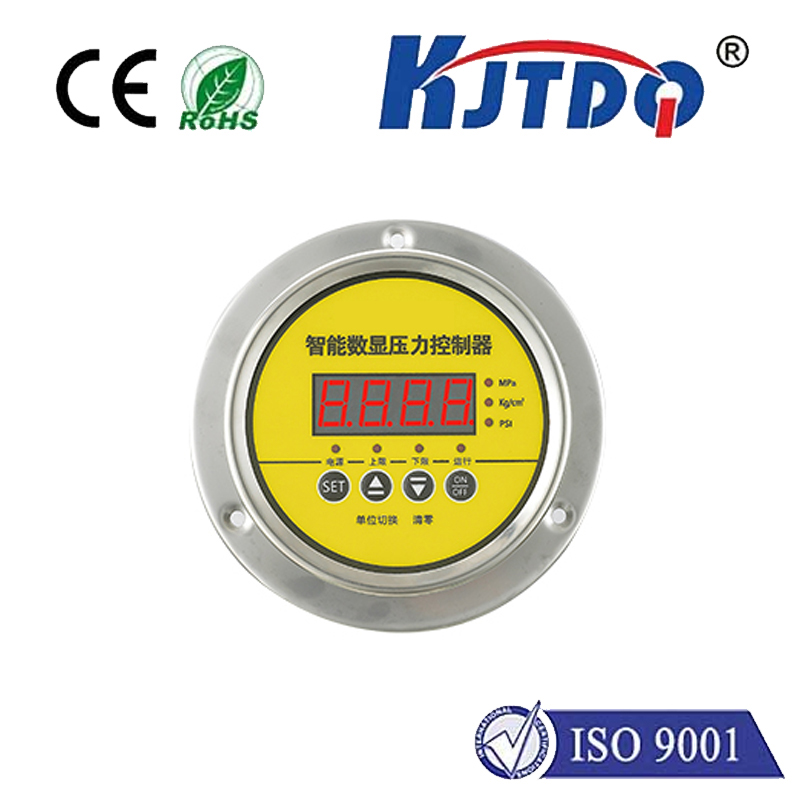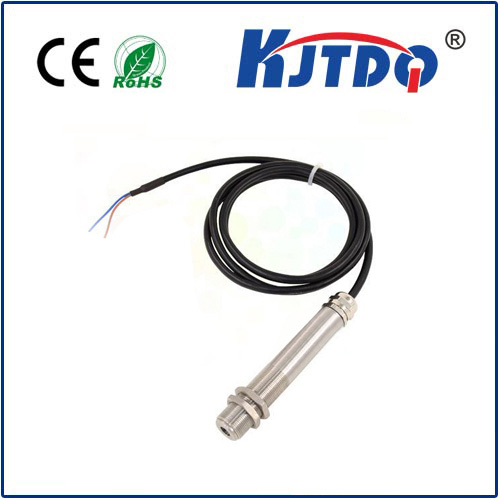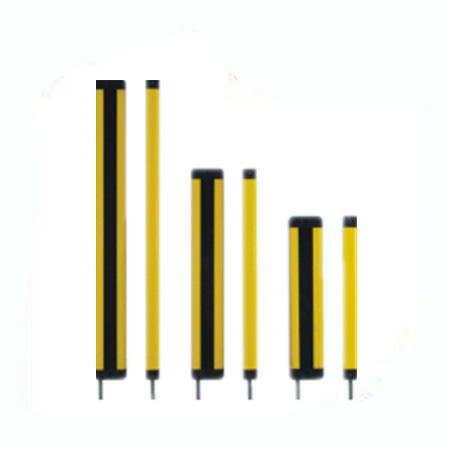Фотоэлектрический бассейн
- time:2025-07-25 02:58:38
- Нажмите:0
The Light Detectors That See in the Dark: A Guide to Photocell Light Sensors
Imagine stepping outside as dusk falls. Streetlights flicker on precisely, bathing the sidewalk in a welcoming glow. Drive down a well-lit highway at night, confident of the path ahead. Arrive home to find your garden path illuminated, guiding your way. This seamless transition from daylight to artificial light isn’t magic – it’s often the work of a small, unassuming hero: the photocell light sensor. These ingenious devices silently monitor ambient light levels, triggering lights precisely when needed, saving energy, enhancing safety, and adding unparalleled convenience to our modern world.
What Exactly is a Photocell Light Sensor?
At its core, a photocell light sensor is an electronic component designed to detect the presence or intensity of light. The most common type found in lighting control applications is the photoresistor or Light Dependent Resistor (LDR). True to its name, an LDR changes its electrical resistance based on the amount of light falling upon it.
- Darkness: In low or no light conditions, the photoresistor exhibits a high resistance (often in the megaohm range). This high resistance restricts the flow of electrical current.
- Brightness: When exposed to sufficient light (like daylight), the sensor’s resistance drops significantly (down to hundreds or even tens of ohms). This allows more current to flow easily.
It’s this fundamental property – the photocell’s ability to act like an automatic switch controlled by light – that forms the basis of its functionality in countless applications.
The Clever Mechanism: How Photocells Control Light

The operation of a photocell in a lighting circuit is elegantly simple, relying on its changing resistance:
- Sensing Light: The photocell is positioned to be exposed to ambient (natural) light.
- Resistance Shift: As daylight fades (dusk), light intensity decreases, causing the photocell’s resistance to increase dramatically.
- Triggering Action: This high resistance is interpreted by the connected circuit (often a simple relay or controller). The circuit recognizes the high resistance/darkness condition and closes the switch to complete the circuit powering the lights.
- Turning Off: Conversely, as dawn breaks and light intensity increases, the photocell’s resistance decreases. The circuit detects this low resistance/light condition and opens the switch, cutting power to the lights.
This process creates a fully automatic lighting control system that requires no manual intervention, reacting reliably to the natural cycle of day and night. Key components involved typically include:
| Component |
Role in Photocell Lighting System |
| Photocell Sensor |
Detects ambient light levels and changes resistance accordingly |
| Relay or Controller |
Interprets photocell signal and physically switches the lighting circuit |
| Power Source |
Provides electrical power to the entire system |
| Light Fixture |
Actual lighting element controlled by the system |
Ubiquitous Applications: Where Photocells Shine
The simplicity, reliability, and cost-effectiveness of Фотоэлектрический бассейн have led to their widespread adoption:
- Outdoor & Street Lighting: This is arguably the most visible application. Streetlights, parking lot lights, security floodlights, building facade lighting, and residential porch lights extensively use photocells. They ensure lights operate only during night hours, slashing energy consumption by 35-45% or more compared to manual or timer-based systems, while significantly enhancing public safety and security.
- Signage and Billboards: Illuminated signs automatically light up at dusk, maximizing visibility for businesses and advertising without wasting energy during the day.
- Solar-Powered Systems: Many solar garden lights, pathway markers, and decorative outdoor solar fixtures integrate small photocell sensors. They not only trigger the light at dusk but also ensure the solar panel charges the battery during daylight hours without the light staying on.
- Industrial and Commercial Settings: Warehouses with skylights might use photocells to dim or switch off internal lights when sufficient natural light is available, contributing to substantial energy efficiency. Security lighting around commercial properties is also frequently photocell-controlled.
- Сельское хозяйство: Photocells can automate lighting cycles in poultry farms or greenhouses, ensuring consistent day/night periods crucial for animal welfare and plant growth.
- Consumer Electronics: Though less obvious, photoresistors find use inside devices like smartphones and tablets to automatically adjust screen brightness based on ambient light levels, improving user experience and battery life.
Advantages Over Timers and Manual Control
While timers and manual switches are alternatives, photocell sensors offer distinct benefits:
- Энергоэффективность: Lights operate only when necessary, eliminating waste from being left on during daylight or turned on too early. This precision translates directly to lower electricity bills.
- Reliability & Convenience: They automatically adapt to seasonal changes in day length and weather conditions (e.g., dark stormy days), requiring zero user adjustment. Forget constantly reprogramming timers!
- Enhanced Security: Automated outdoor lighting is a proven deterrent against intruders. Lights switching on at dusk create the impression of occupancy, deterring potential trespassers more effectively than lights controlled manually or by inconsistent timers.
- Cost-Effectiveness: Photocells themselves are inexpensive, and their installation (especially for lamp-post or fixture-integrated types) is generally straightforward. The energy savings quickly offset the initial cost.
- Low Maintenance: With no moving parts (unlike some mechanical timers), photocell sensors are incredibly robust and require minimal maintenance, often lasting for many years.
Modern Trends and Considerations
Photocell technology continues to evolve:
- Integration with Smart Systems: Modern smart photocells can connect to Wi-Fi or home automation hubs (like Zigbee or ZWave). This allows remote monitoring, scheduling overrides (e.g., keep lights on for a party), and integration with other smart home devices for complex scenes.
- Improved Accuracy: Advanced sensors offer better discrimination between different light levels, reducing false triggers from car headlights or shadows.
- Compact Designs: Miniaturization allows photocells to be discreetly integrated into smaller fixtures and decorative lighting.
- LUX Level Control: Some sophisticated controllers allow setting specific light intensity thresholds (measured in lux) for triggering, offering finer control than simple dusk-to-dawn functionality.
Installation Insights
Installing a photocell light sensor is often straightforward, especially for retrofit kits or fixtures with built-in sensors. Key considerations include:
- Clear Sky View: Ensure the sensor has an unobstructed view of the sky to accurately detect daylight changes. Avoid mounting under deep eaves or pointing towards bright artificial light sources (which could trick it into thinking it’s daytime).
- Avoiding Obstructions: Position the sensor where shadows (from trees, structures) won’t prematurely trigger the lights at dusk.
- Weatherproofing: For outdoor applications, ensure the sensor and its housing are rated for the appropriate weather conditions (IP65 or higher is common).
- Electrical Compatibility: Always match the photocell’s voltage and load rating (wattage/amperage) to the lighting circuit it will control. Consult

